Freedom’s Forge: How American Business Produced Victory in World War II
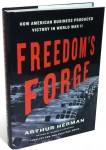
by Arthur Herman
Two men who never donned a uniform were absolutely critical to America’s dominance in the war. At last here is a book to tell their story and the one of public and private sector cooperation. Don’t think for a moment this is a boring book!
The Lexington Automobile, A Complete History
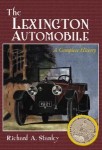
by Richard A. Stanley
A US marque that had a 17-year run. This is the first book to offer the complete story of the Lexington Motor Company as well as the related Howard and Ansted cars.
Henri Chapron
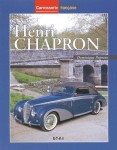
by Dominique Pagneux
While always current in terms of popular taste, Chapron’s designs were not flashy or avant-garde but sober and of restrained elegance. During the peak years of 1928–31 their output reached a lofty 500 cars a year.
British Car Advertising of the 1960s
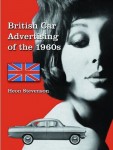
by Heon Stevenson
The run from Land’s End in Cornwall to John O’Groats in the north of Scotland is the longest distance in the British Isles. No wonder that for years the British have had a hard time comprehending America’s wide open spaces. Their misperception of the space we occupy has, albeit indirectly, influenced the advertising that is the subject of this book.
American Automobile Advertising: An Illustrated History 1930–1980
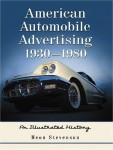
by Heon Stevenson
American’s have a long-standing love/hate relationship with Madison Avenue. One minute complaining there’s way too much of it and he doesn’t pay any attention to it anyway. Then, almost without taking a breath asking Dilbert in the next cubicle if he happened to see the latest Miller spot and how about those cheerleaders outfits!
Russian Motor Vehicles: Soviet Limousines 1930–2003
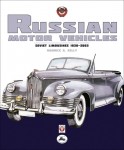
by Maurice A Kelly
Maybe the production of this book was already too near its end to include a notice that it was only May 2010 that Russian President Dmitry Medvedev made it known that he desired to replace his Mercedes Benz state limousine with a proper domestic product. Not that there are any to choose from…
Car Guys vs. Bean Counters: The Battle for the Soul of American Business
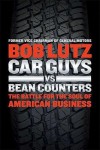
by Bob Lutz
Lutz is the last of the Motor City’s “bad boys.” Not bad like a De Lorean though the two of them shared a passion for cars but rather in the sense of being cut from the same cloth as a Lee Iacocca—a guy with gasoline in his veins who evaluates cars based on whether or not they’ll sell rather than how much they’ll cost to build.
A Technical & Operational History of the Liberty Engine: Tanks, Ships and Aircraft 1917–1960
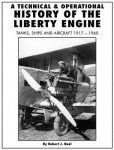
by Robert J. Neal
One of history’s most famous engines, and very possibly the one with the longest active military service life, the Liberty represents an ambitious and visionary solution to what could have become an intractable problem: too much creativity resulting in too muchf incompatibility.
American Cars: 1946 to 1959 and American Cars: 1960 to 1972
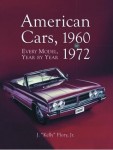
by J. “Kelly” Flory, Jr.
Flory’s life is awash in numbers about cars. His dedication to gathering encyclopedic detail about every car sold between 1946 and 1972 is evident in these two 1,000-page (each!) books. No bit of information is too small, and none has been overlooked.
Harry Truman’s Excellent Adventure: The True Story of a Great American Road Trip

by Matthew Algeo
Road trips, and the books wherein the tales of each are told, continually attract and delight readers. First-person stories from writers like William Least-Heat Moon with his Blue Highways and John Steinbeck telling of hisTravels with Charley have entertained, informed, and motivated others to go exploring.
Fuerza Libre 1919–1942: Grand Prix, Sports Cars and Specials Racing in the Pampas
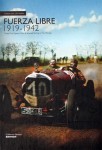
by Guillermo D Sánchez
There is no greater compliment to pay a book than to say it covers new ground. Unless you are South American and lived at the time of the Fuerza Libre, pretty much everything in this book will be new to most.
Phil Hill: A Driving Life
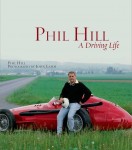
by Phil Hill and John Lamm
This oversize book gathers 26 of the 100-odd articles American racer Phil Hill (1927–2008) wrote in his 30 years as a contributor to Road & Trackmagazine.


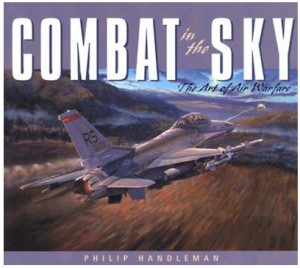
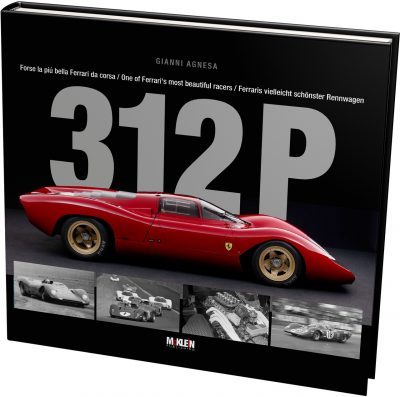

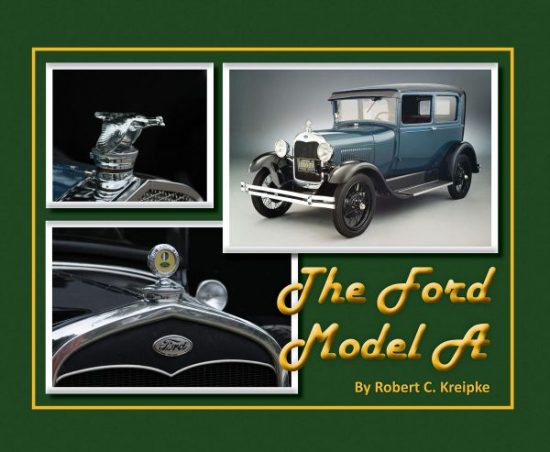
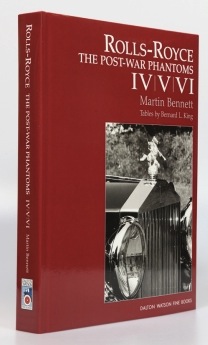
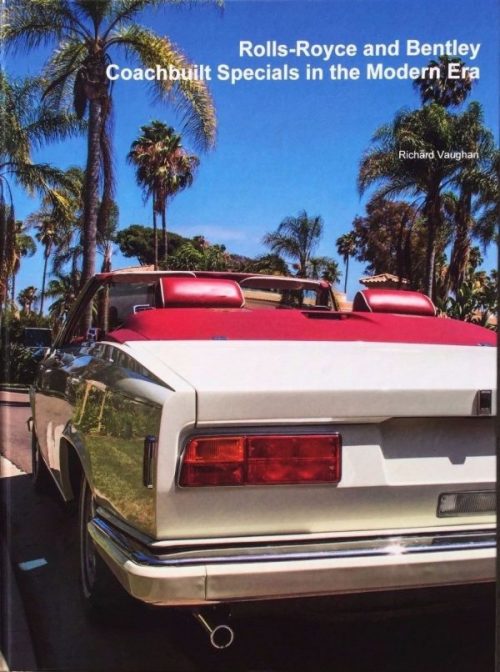
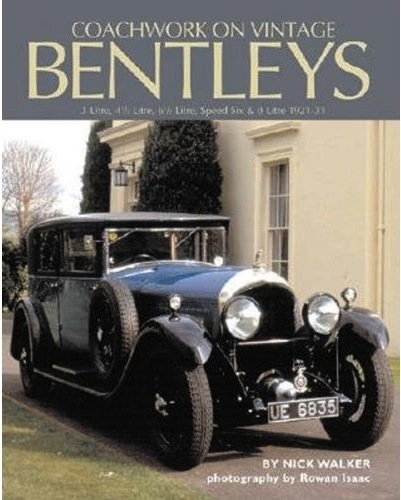
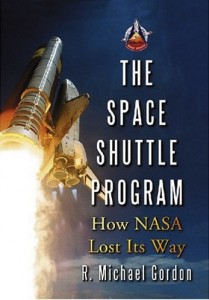
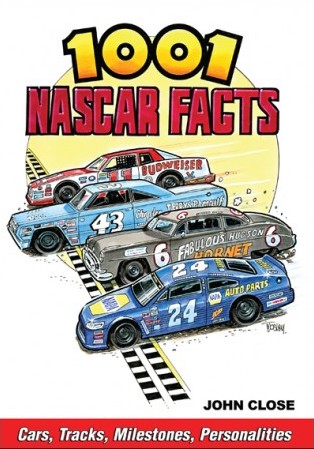
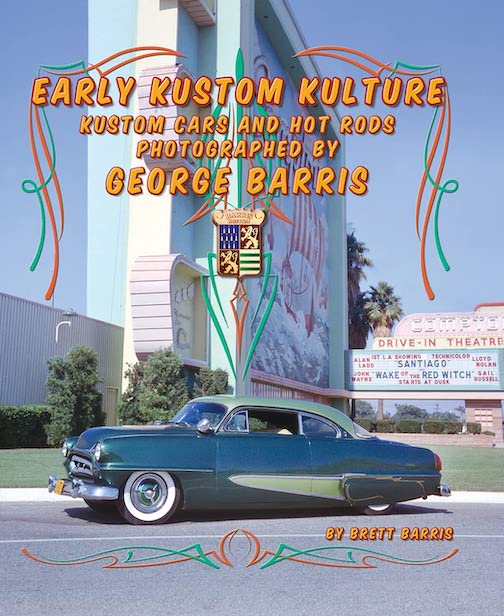
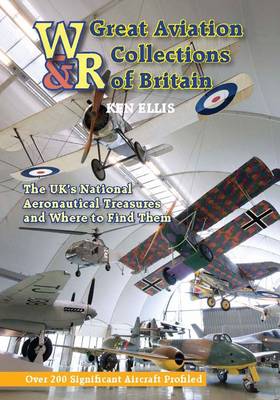
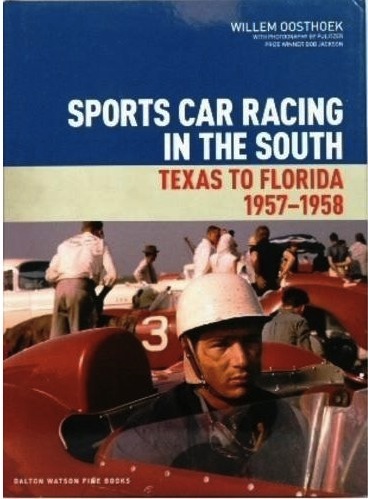
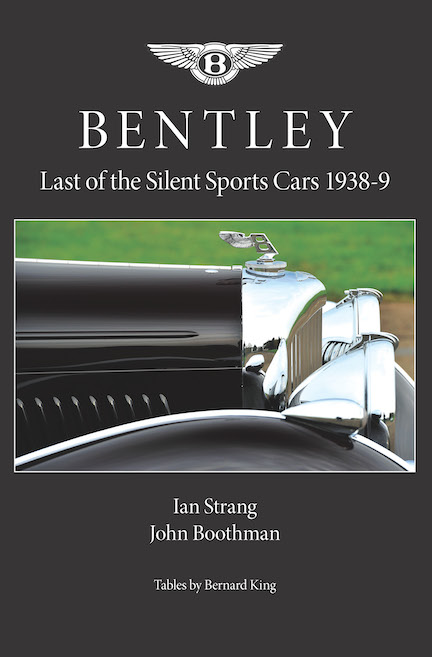
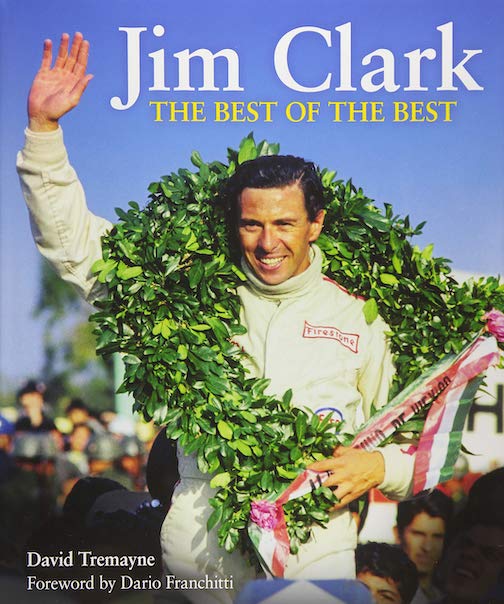

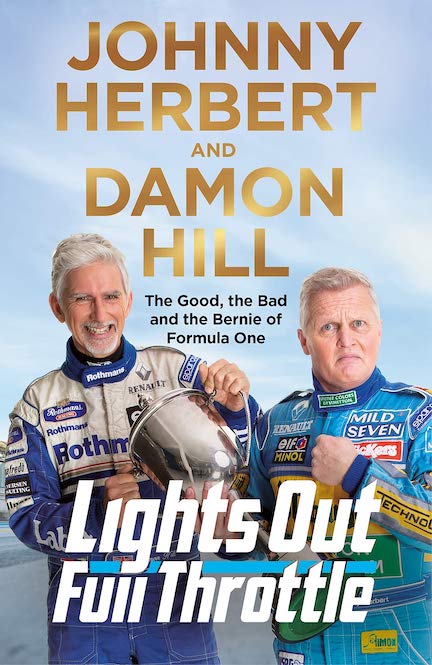
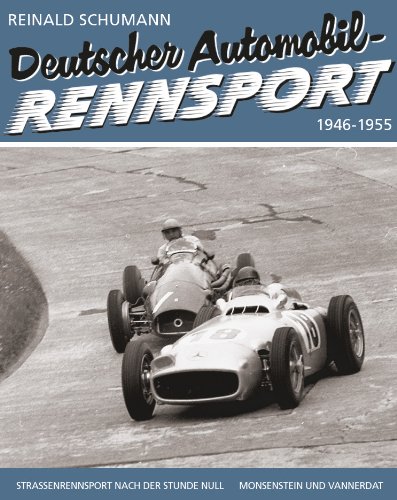

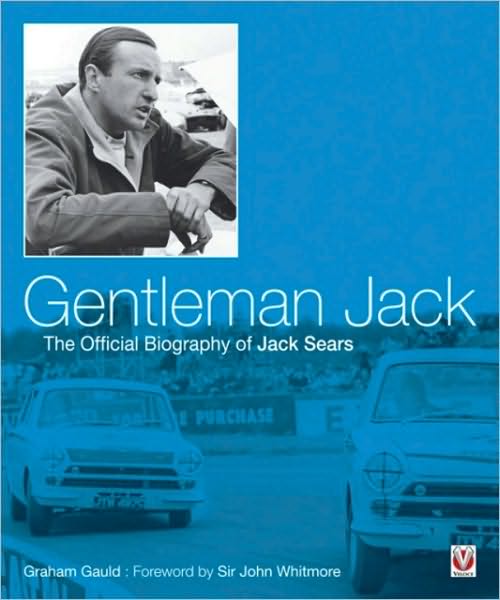
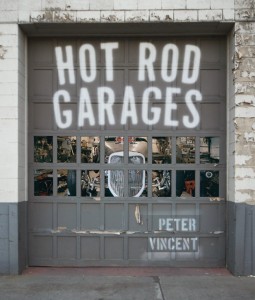

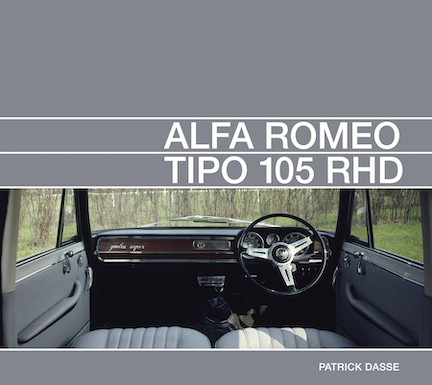
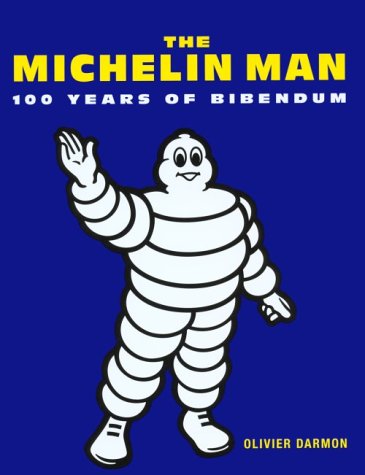
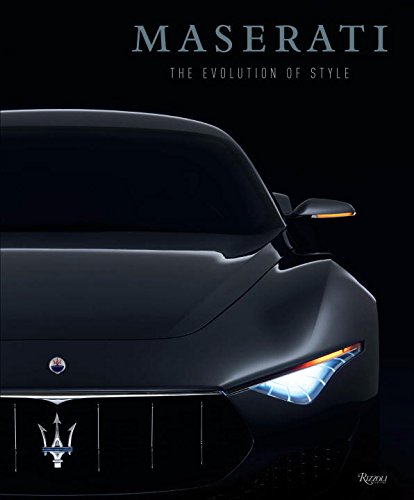
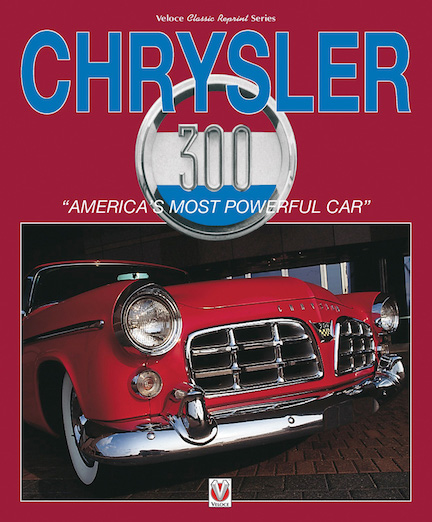
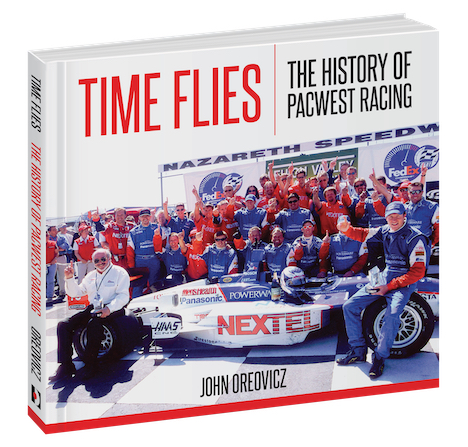
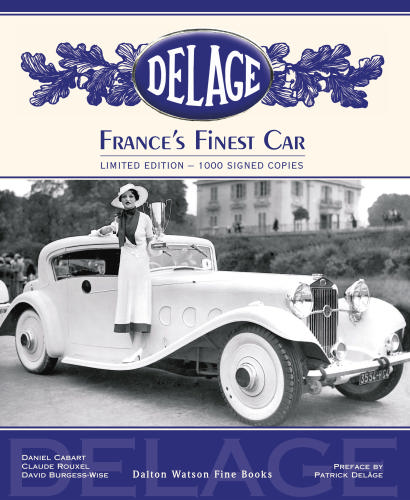
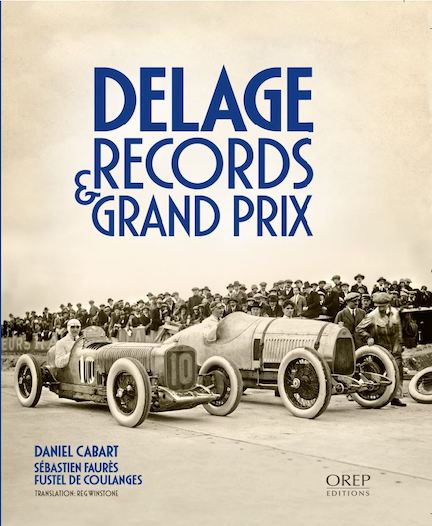
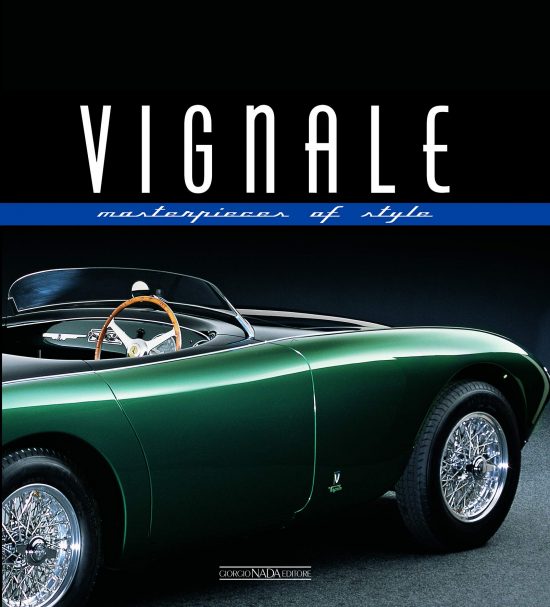


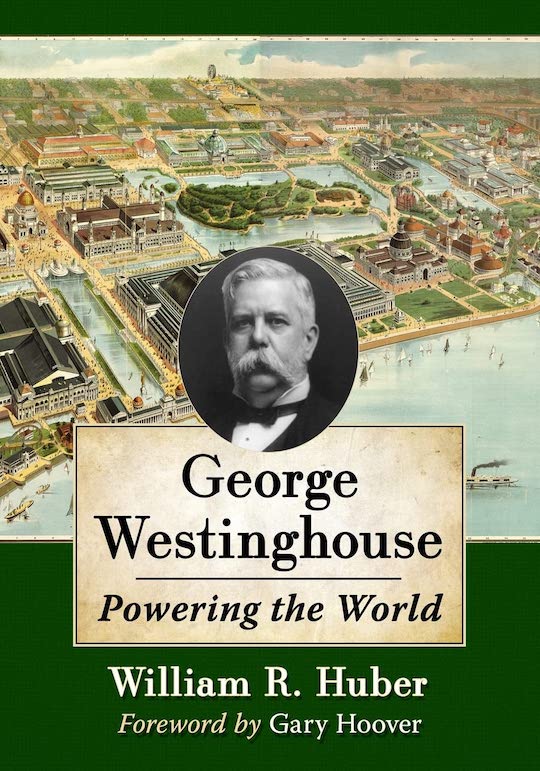
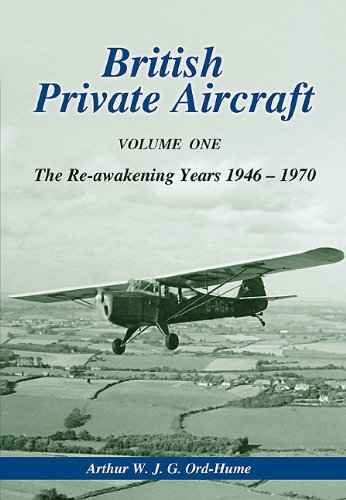
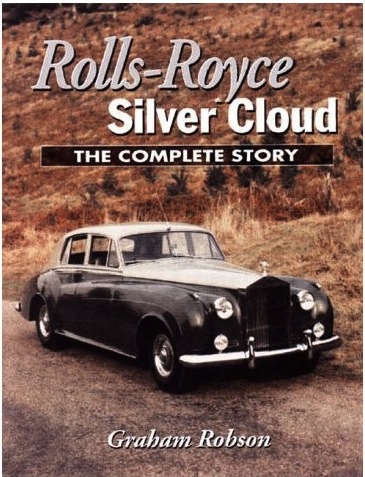
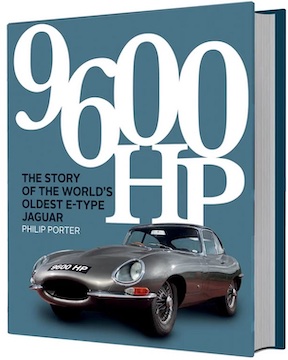
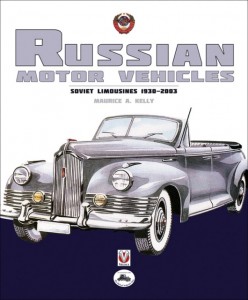
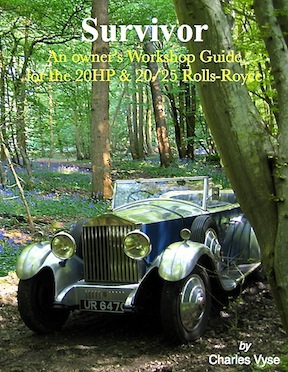
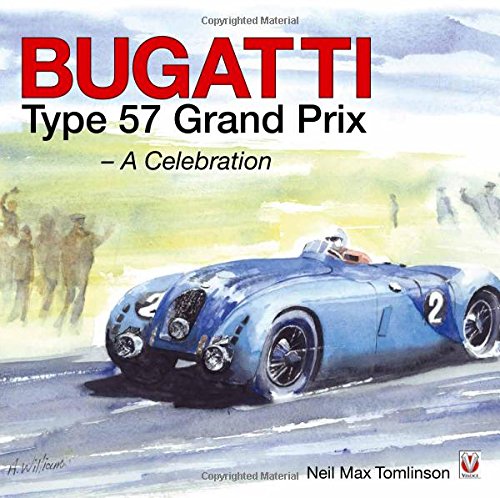
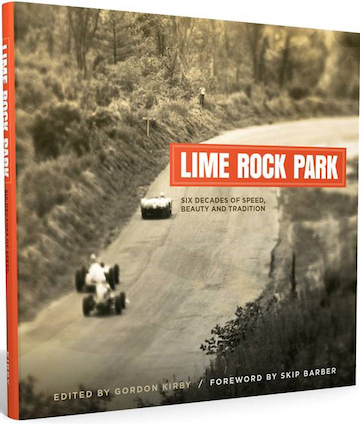
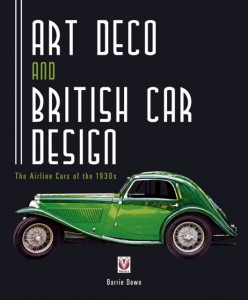
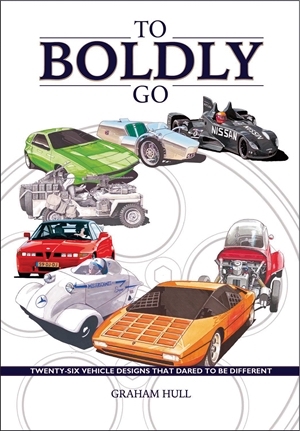
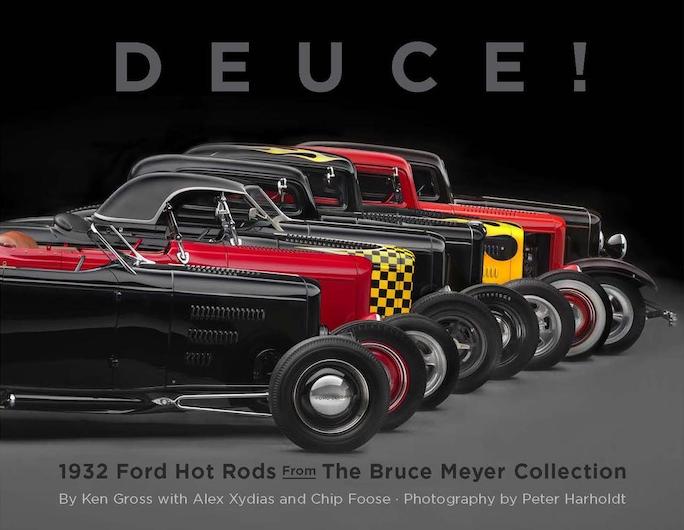
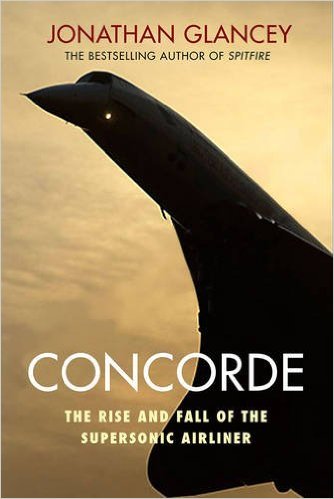

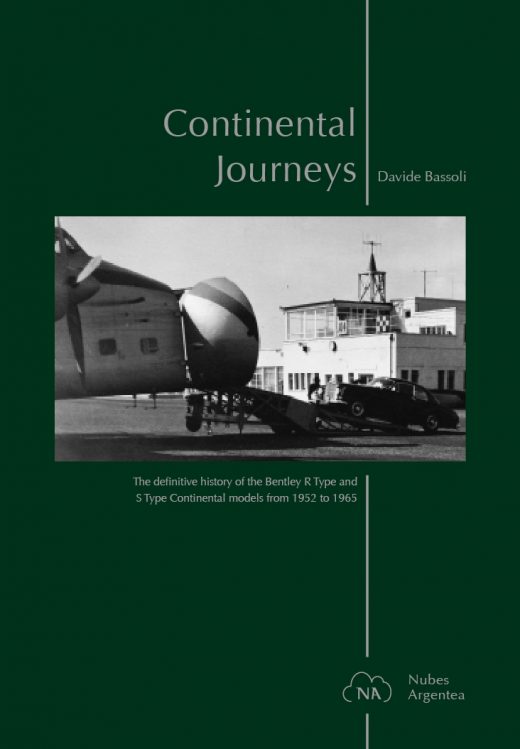
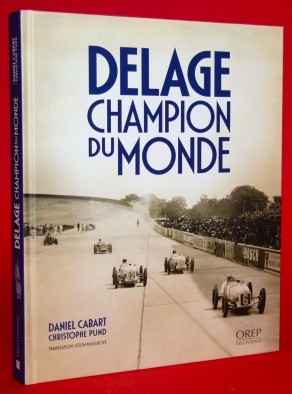
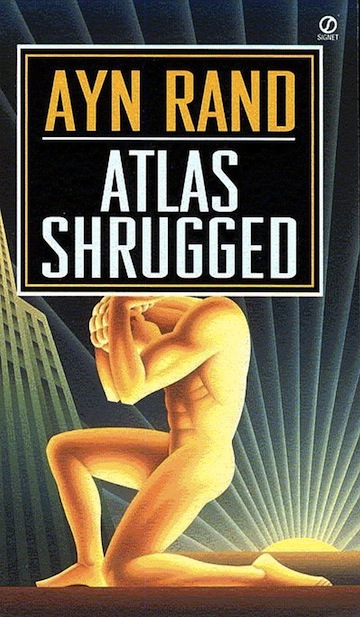
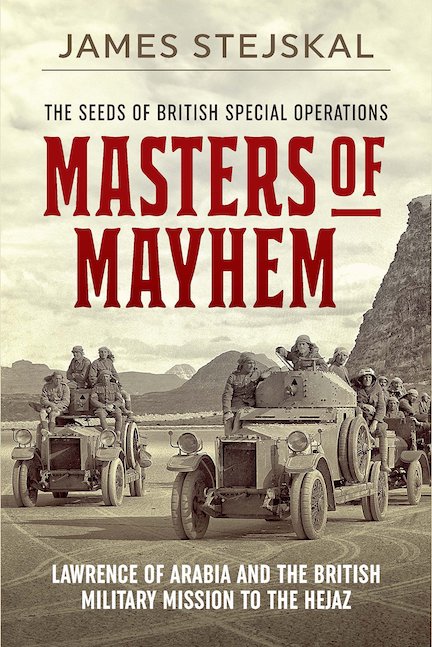

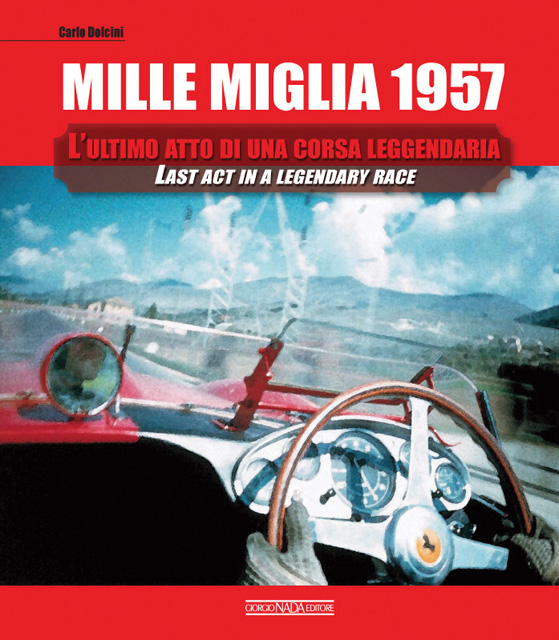
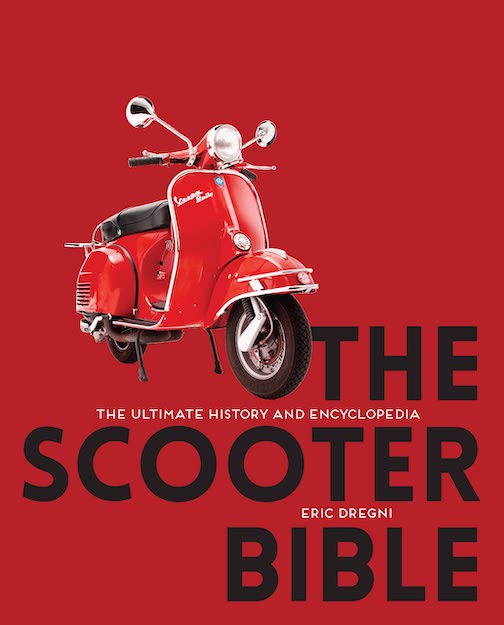
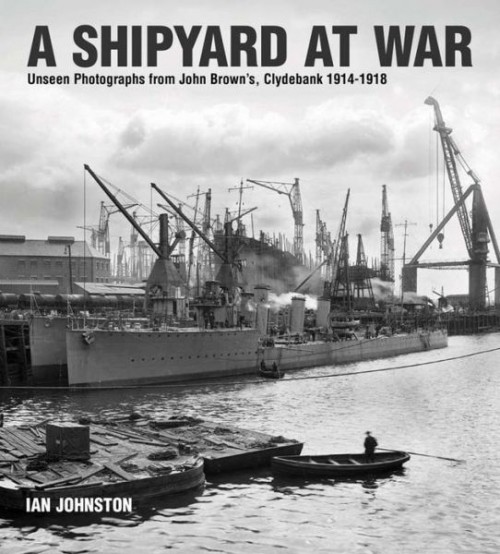
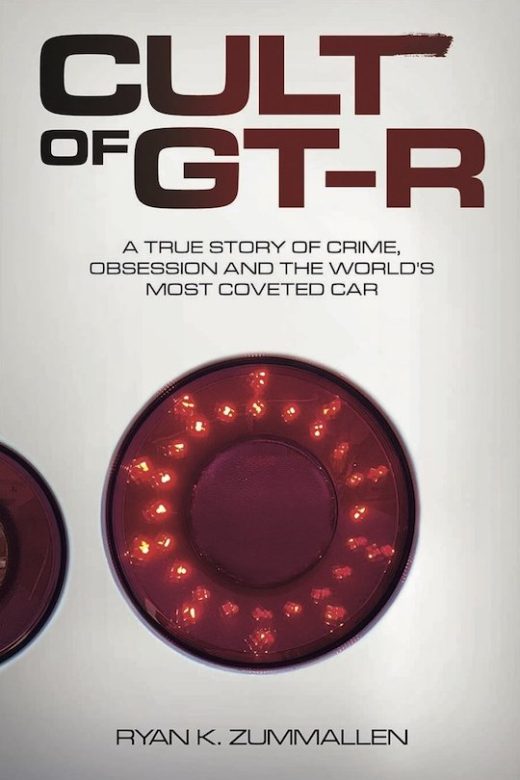

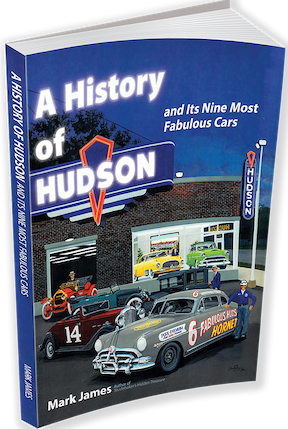
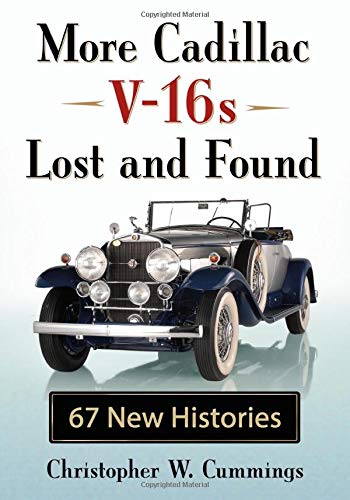
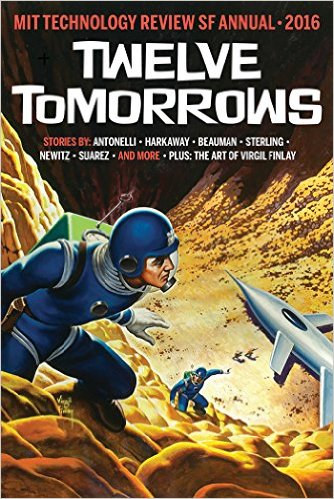
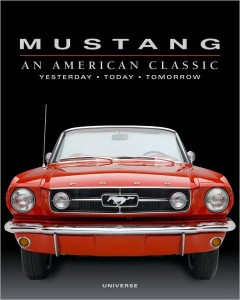
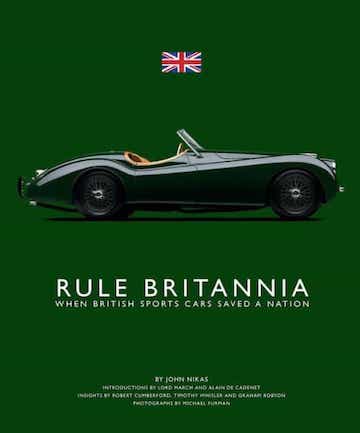
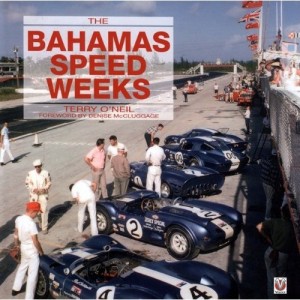
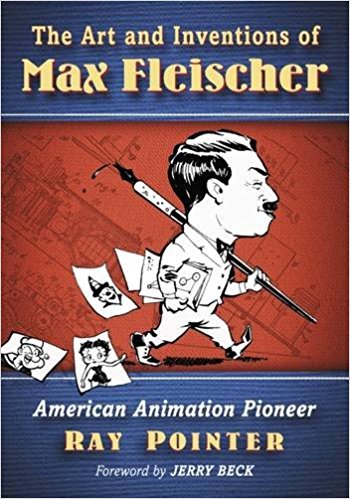
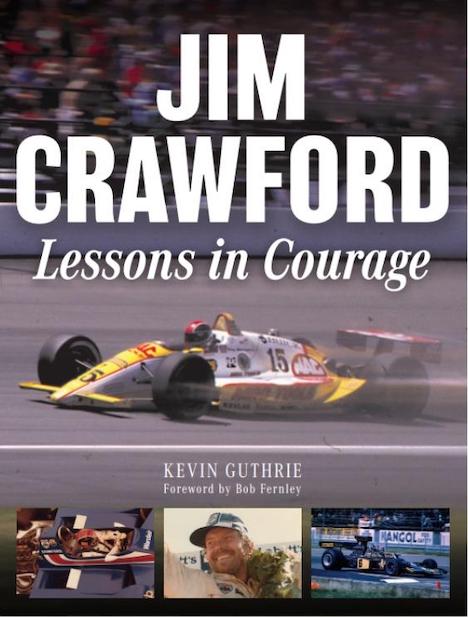
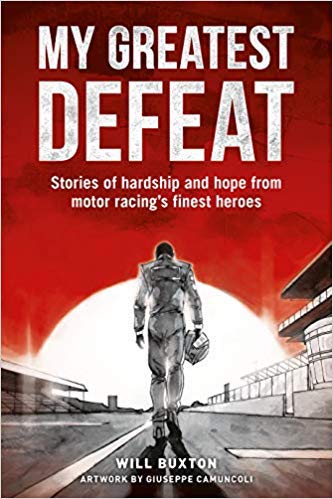
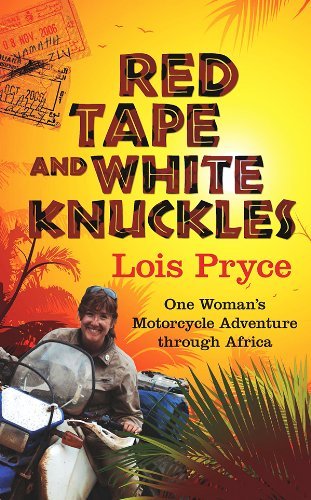
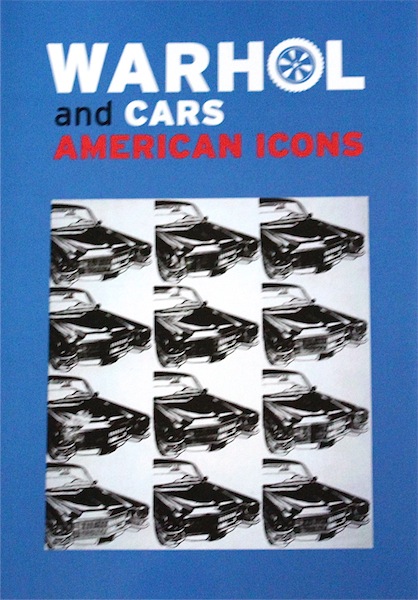
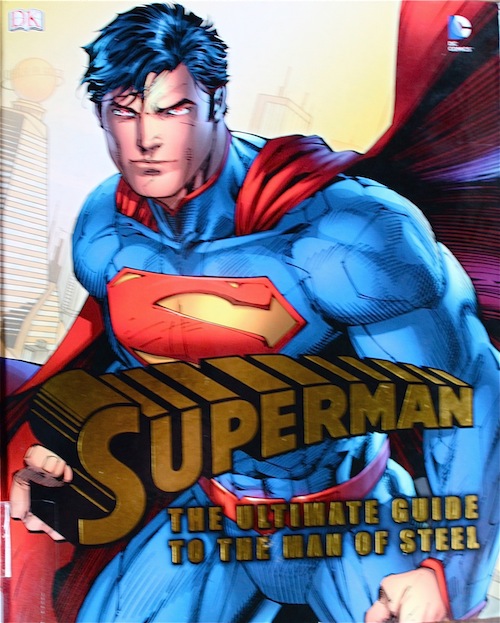
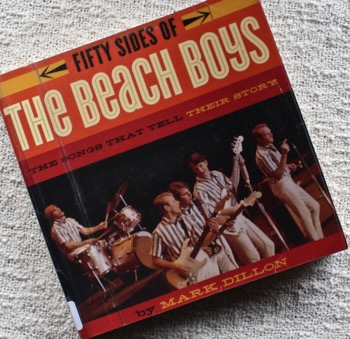
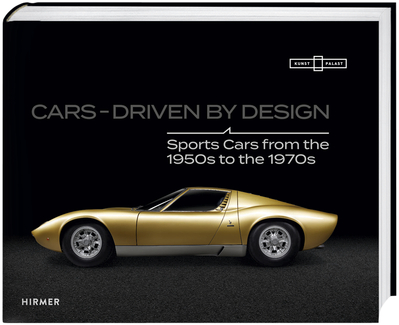
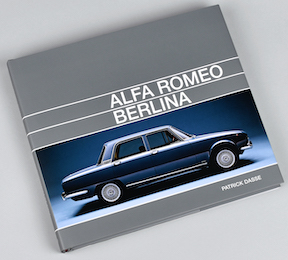
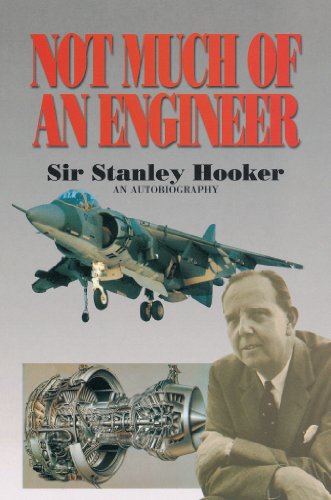

 Phone / Mail / Email
Phone / Mail / Email RSS Feed
RSS Feed Facebook
Facebook Twitter
Twitter